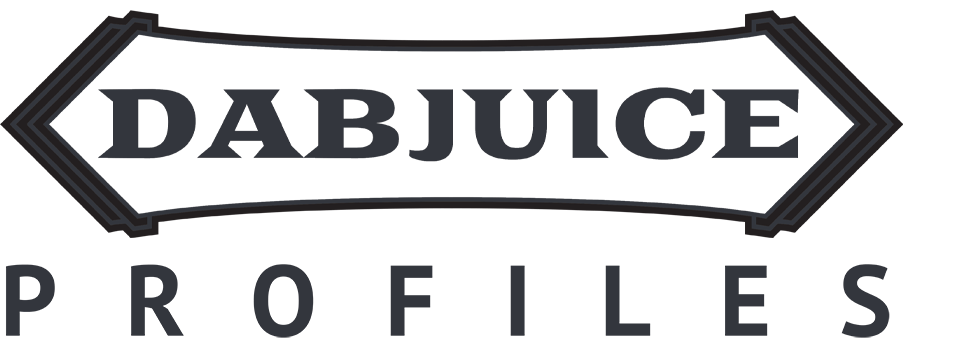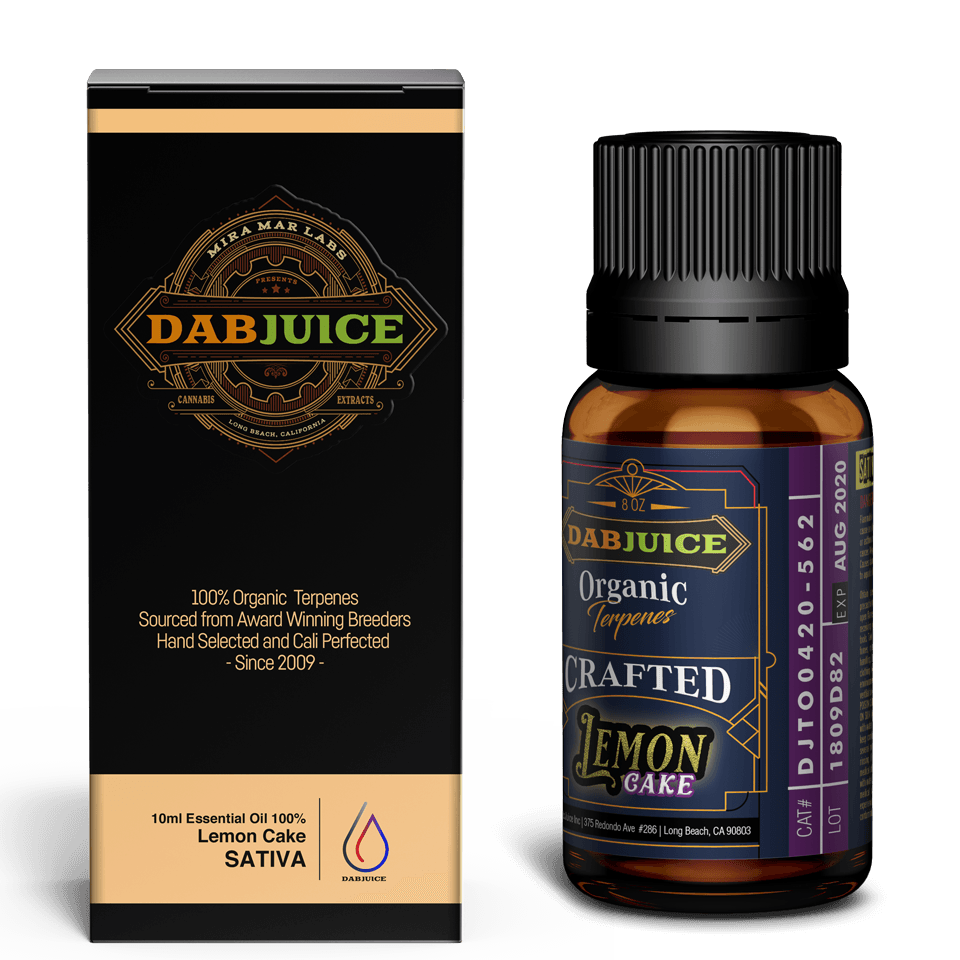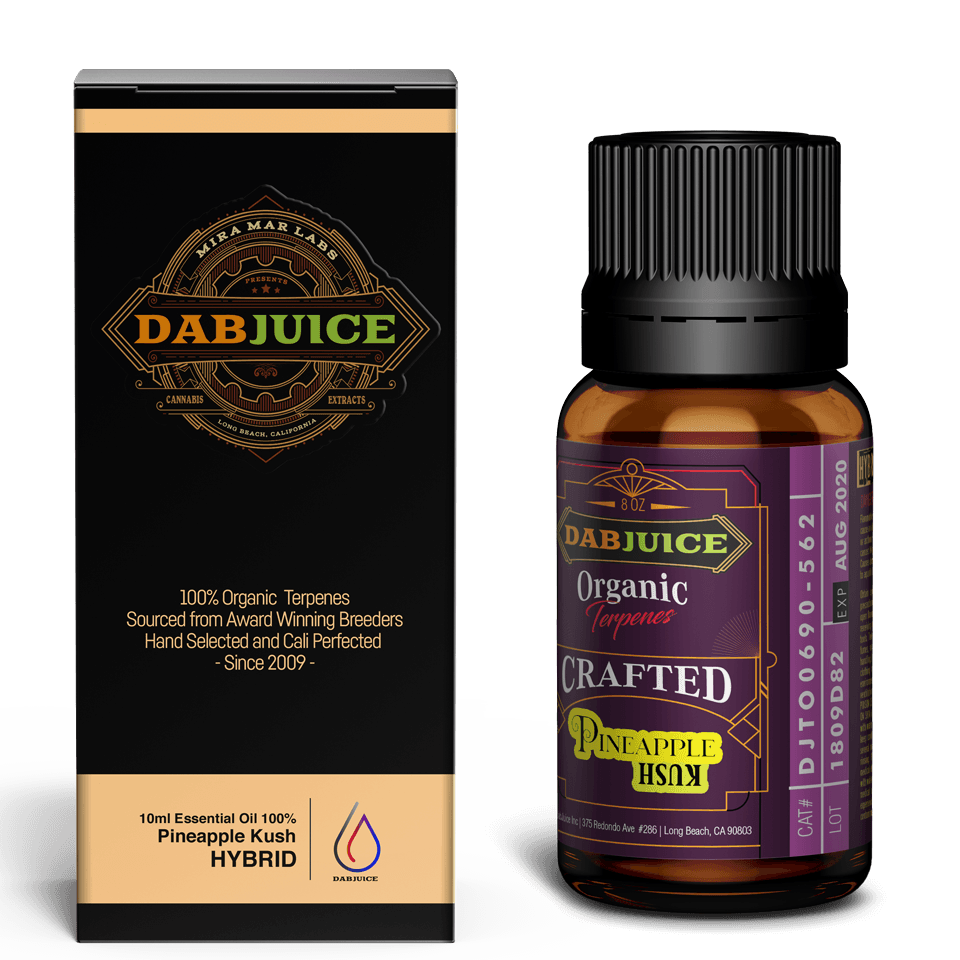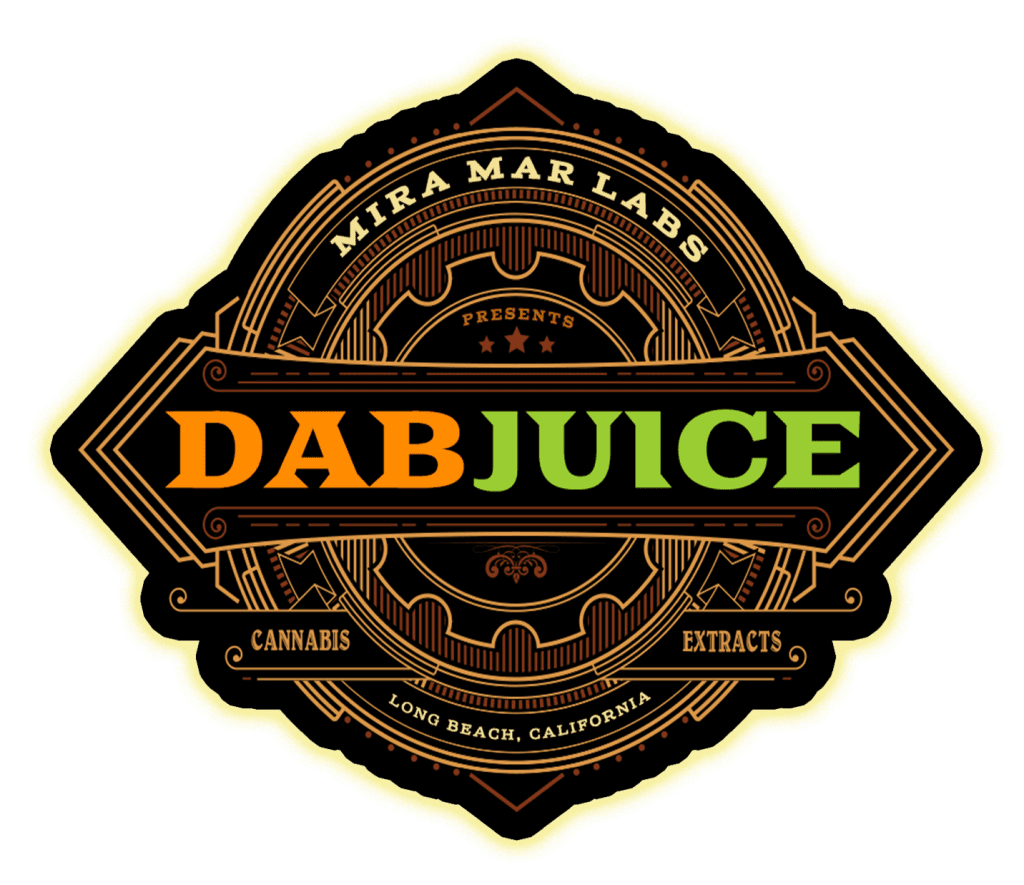User Review
0 (0 votes)Does the US Govt. Really have a PATENT on CBD?
Well the answer to that yes, obviously. Why else would they try to OUTLAW it?
*Puts on Tinfoil Hat – Below is an excerpt found from the USPTO website; detailing the patent in question.
| United States Patent | 6,630,507 |
| Hampson , et al. | October 7, 2003 |
| **Please see images for: ( Certificate of Correction ) ** |
Cannabinoids as antioxidants and neuroprotectants
Abstract
Cannabinoids have been found to have antioxidant properties, unrelated to NMDA receptor antagonism. This new found property makes cannabinoids useful in the treatment and prophylaxis of wide variety of oxidation associated diseases, such as ischemic, age-related, inflammatory and autoimmune diseases. The cannabinoids are found to have particular application as neuroprotectants, for example in limiting neurological damage following ischemic insults, such as stroke and trauma, or in the treatment of neurodegenerative diseases, such as Alzheimer’s disease, Parkinson’s disease and HIV dementia. Nonpsychoactive cannabinoids, such as cannabidoil, are particularly advantageous to use because they avoid toxicity that is encountered with psychoactive cannabinoids at high doses useful in the method of the present invention. A particular disclosed class of cannabinoids useful as neuroprotective antioxidants is formula (I) wherein the R group is independently selected from the group consisting of H, CH.sub.3, and COCH.sub.3. ##STR1##
| Inventors: | Hampson; Aidan J. (Irvine, CA), Axelrod; Julius (Rockville, MD), Grimaldi; Maurizio (Bethesda, MD) |
|---|---|
| Assignee: | The United States of America as represented by the Department of Health and Human Services (Washington, DC) |
| Family ID: | 26767641 |
| Appl. No.: | 09/674,028 |
| Filed: | February 2, 2001 |
| PCT Filed: | April 21, 1999 |
| PCT No.: | PCT/US99/08769 |
| PCT Pub. No.: | WO99/53917 |
| PCT Pub. Date: | October 28, 1999 |
| Current U.S. Class: | 514/454 |
| Current CPC Class: | A61K 31/35 (20130101) |
| Current International Class: | A61K 31/35 (20060101); A61K 031/35 () |
| Field of Search: | ;514/454 |
References Cited [Referenced By]
U.S. Patent Documents
| 2304669 | December 1942 | Adams |
| 4876276 | October 1989 | Mechoulam et al. |
| 5227537 | July 1993 | Stoss et al. |
| 5284867 | February 1994 | Kloog et al. |
| 5434295 | July 1995 | Mechoulam et al. |
| 5462946 | October 1995 | Mitchell et al. |
| 5512270 | April 1996 | Ghio et al. |
| 5521215 | May 1996 | Mechoulam et al. |
| 5538993 | July 1996 | Mechoulam et al. |
| 5635530 | June 1997 | Mechoulam et al. |
| 5696109 | December 1997 | Malfroy-Camine et al. |
| 6410588 | June 2002 | Feldmann et al. |
Foreign Patent Documents
| 427518 | May 1991 | EP | |||
| 576357 | Dec 1993 | EP | |||
| 656354 | Jun 1995 | EP | |||
| 658546 | Jun 1995 | EP | |||
| WO9305031 | Mar 1993 | WO | |||
| WO9412667 | Jun 1994 | WO | |||
| WO9612485 | May 1996 | WO | |||
| WO9618600 | Jun 1996 | WO | |||
| WO9719063 | May 1997 | WO | |||
| 99/53917 | Oct 1999 | WO | |||
Other References
| <align=”left”> Windholz et al., The Merck Index, Tenth Edition (1983) p. 241, abstract No. 1723.* . Mechoulam et al., “A Total Synthesis of d1-.DELTA..sup.1 -Tetrahydrocannabinol, the Active Constituent of Hashish.sup.1,” Journal of the American Chemical Society, 87:14:3273-3275 (1965). . Mechoulam et al., “Chemical Basis of Hashish Activity,” Science, 18:611-612 (1970). . Ottersen et al., “The Crystal and Molecular Structure of Cannabidiol,” Acta Chem. Scand. B 31, 9:807-812 (1977). . Cunha et al., “Chronic Administration of Cannabidiol to Healthy Volunteers and Epileptic Patients.sup.1,” Pharmacology, 21:175-185 (1980). . Consroe et al., “Acute and Chronic Antiepileptic Drug Effects in Audiogenic Seizure-Susceptible Rats,” Experimental Neurology, Academic Press Inc., 70:626-637 (1980). . Turkanis et al., “Electrophysiologic Properties of the Cannabinoids,” J. Clin. Pharmacol., 21:449S-463S (1981). . Carlini et al., “Hypnotic and Antielpileptic Effects of Cannabidiol,” J. Clin. Pharmacol., 21:417S-427S (1981). . Karler et al., “The Cannabinoids as Potential Antiepileptics,” J. Clin. Pharmacol., 21:437S-448S (1981). . Consroe et al., “Antiepileptic Potential of Cannabidiol Analgos,” J. Clin. Pharmacol., 21:428S-436S (1981). . Colasanti et al., “Ocular Hypotension, Ocular Toxicity,a nd Neurotoxicity in Response to Marihuana Extract and Cannabidiol,” Gen Pharm., Pergamon Press Ltd., 15(6):479-484 (1984). . Colasanti et al., “Intraocular Pressure, Ocular Toxicity and Neurotoxicity after Administration of Cannabinol or Cannabigerol,” Exp. Eye Res., Academic Press Inc., 39:251-259 (1984). . Volfe et al., “Cannabinoids Block Release of Serotonin from Platelets Induced by Plasma frm Migraine Patients,” Int. J. Clin. Pharm. Res., Bioscience Ediprint Inc., 4:243-246 (1985). . Agurell et al., “Pharmacokinetics and Metabolism of .DELTA..sup.1 -Tetrahydrocannabinol and Other Cannabinoids with Emphasis on Man*,” Pharmacological Reviews, 38(1):21-43 (1986). . Karler et al., “Different Cannabinoids Exhibit Different Pharmacological and Toxicological Properties,”NIDA Res. Monogr., 79:96-107 (1987). . Samara et al., “Pharmacokinetics of Cannabidiol in Dogs,” Drug Metabolism and Disposition, 16(3):469-472 (1988). . Choi, “Glutamate Neurotoxicity and Diseases of the Nervous System,” Neuron, Cell Press, 1:623-634 (1988). . Eshhar et al., “Neuroprotective and Antioxidant Activities of HU-211, A Novel NMDA Receptor Antagonist,” European Journal of Pharmacology, 283:19-29 (1995). . Skaper et al., “The ALIAmide Palmitoylethanolamide and Cannabinoids, but not Anandamide, are Protective in a Delayed Postglutamate Paradigm of Excitotoxic Death in Cerebellar Granule Neurons,” Neurobiology, Proc. Natl. Acad. Sci. USA, 93:3984-3989 (1996). . Alonso et al., “Simple Synthesis of 5-Substituted Resorcinols: A Revisited Family of Interesting Bioactive Molecules,” J. Org. Chem., American Chemical Society, 62(2):417-421 (1997). . Combes et al. “A Simple Synthesis of the Natural 2,5-Dialkylresorcinol Free Radical Scavenger Antioxidant: Resorstation,” Synthetic Communications, Marcel Dekker, Inc., 27(21):3769-3778 (1997). . Shohami et al., “Oxidative Stress in Closed-Head Injury: Brain Antioxidant Capacity as an Indicator of Functional Outcome,” Journal of Cerebral Blood Flow and Metabolism, Lippincott-Raven Publishers, 17(10):1007-1019 (1997). . Zurier et al., “Dimethylheptyl-THC-11 OIC Acid,” Arthritis & Rheumatism, 41(1):163-170 (1998). . Hampson et al., “Dual Effects of Anandamide on NMDA Receptor-Mediated Responses and Neurotransmission,” Journal of Neurochemistry, Lippincott-Raven Publishers, 70(2):671-676 (1998). . Hampson et al., “Cannabidiol and (-).DELTA..sup.9 -tetrahydrocannabiono are Neuroprotective Antioxidants,” Medical Sciences, Proc. Natl. Acad. Sci. USA, 8268-8273 (1998)..</align=”left”> |
Primary Examiner: Weddington; Kevin E.
Attorney, Agent or Firm: Klarquist Sparkman, LLP
Parent Case Text
This application is a 371 of PCT/US99/08769 filed Apr. 21, 1999, which claims benefit of No. 60/082,589 filed Apr. 21, 1998, which claims benefit of No. 60/095,993 filed Aug. 10, 1998.
Claims
We claim:
1. A method of treating diseases caused by oxidative stress, comprising administering a therapeutically effective amount of a cannabinoid that has substantially no binding to the NMDA receptor to a subject who has a disease caused by oxidative stress.
2. The method of claim 1, wherein the cannabinoid is nonpsychoactive.
3. The method of claim 2, wherein the cannabinoid has a volume of distribution of 10 L/kg or more.
4. The method of claim 1, wherein the cannabinoid is not an antag
